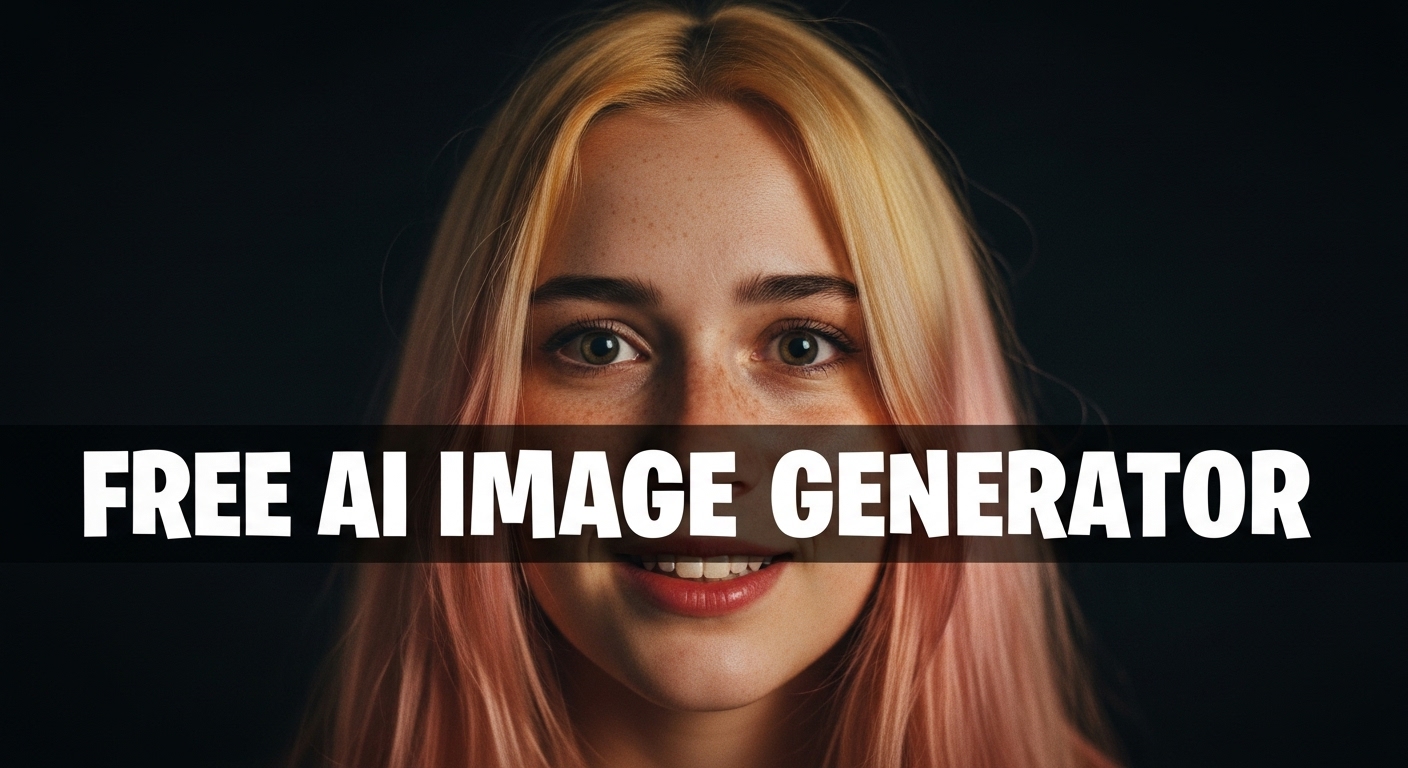Free Horror Prompt Generator AI
Generate chilling horror story prompts from your own idea. Great for writers, game masters, and dark fiction fans.
Generate Horror Prompt
Generate chilling horror story prompts from your own idea. Great for writers, game masters, and dark fiction fans.
Online tool for creating horror story prompts
AIFreeforever's horror prompt generator helps writers create scary story ideas and writing prompts. This tool transforms your basic horror concept into detailed prompts that include subgenre, tone, setting, and threat type. You can use it to write horror stories, create RPG scenarios, or develop screenplay ideas.
The generator creates prompts that combine different horror elements to help you write more engaging scary stories. It includes psychological, supernatural, and other horror subgenres with various settings and threat types. This AI story prompt generator is completely free with no signup required.
How to Use the Horror Prompt Generator
Using this horror prompt generator is simple and helps you create scary story ideas quickly. You can customize different horror elements to match your writing style and story goals.

1. Enter Your Horror Idea
Describe your creepy concept, supernatural encounter, or psychological fear that you want to explore.
2. Choose Your Subgenre
Select Psychological, Supernatural, Cosmic Horror, Found Footage, Slasher, Survival Horror, or define your own.
3. Set the Tone
Pick Slow-Burn, Intense, Disturbing, Suspenseful, Creepy, Gory, or create your own tone.
4. Select Your Setting
Choose from Abandoned Hospital, Isolated Village, Forest at Night, Haunted House, Suburban Home, Research Lab, or specify your own.
5. Define the Threat
Select Ghost, Demon, Cult, Unknown Creature, Possession, Inner Madness, or define your own threat type.
6. Choose Format
Pick Scene Setup, Opening Paragraph, Dialogue Exchange, Creepy Description, First-Person Monologue, or specify your own format.
7. Generate Your Horror Prompt
Click Generate to create your terrifying prompt, then use it for your horror writing projects.
What is a horror prompt
A horror prompt is a writing idea or starting point that helps writers create scary stories. It usually includes specific elements like setting, characters, threats, and mood to guide the story development. Horror prompts help writers overcome creative blocks by providing structured ideas for frightening narratives.
Good horror prompts combine familiar elements in unsettling ways to create genuine fear and suspense. They can range from simple scary scenarios to complex psychological situations with multiple horror elements. This drawing prompt generator helps writers explore different creative directions and develop their storytelling skills.
Tips for writing effective horror stories
These simple tips help you write better horror stories that create genuine fear and keep readers engaged. Following these suggestions will help you develop more effective scary narratives.
• Start with normal situations
Begin your story with everyday, relatable situations before introducing horror elements. This helps readers connect with characters and makes the scary parts more effective.
• Build tension gradually
Don't reveal everything at once. Create suspense by slowly building fear and letting readers imagine what might happen next. This is more effective than constant jump scares.
• Use sensory details
Include specific details about what characters see, hear, smell, and feel. These sensory descriptions help readers experience the horror more vividly and create stronger emotional responses.
• Leave some things unexplained
Don't explain every scary element in your story. Sometimes the unknown is more frightening than detailed explanations. Let readers use their imagination to fill in the gaps.
Frequently Asked Questions
Here are common questions people ask about creating and using horror prompt generators for scary story writing.
How do I write a good horror story?
Start with normal situations before adding scary elements. Build tension slowly, use detailed descriptions of what characters see and hear, and leave some things unexplained to let readers use their imagination.
What makes a scary story prompt effective?
Good horror prompts include specific settings, clear threats, atmospheric details, and emotional stakes. They should provide enough structure to guide your writing while leaving room for creativity and personal style.
Can I change the generated horror prompts?
Yes, you can modify any part of the prompt to better fit your story. Add characters, change the setting, combine multiple prompts, or adjust the tone to match your writing vision and target audience.
What are the best horror story elements?
The best horror stories combine suspense, fear, psychological depth, and supernatural elements. They often include surprise twists, relatable characters in dangerous situations, and atmospheric settings that create tension.
How do horror prompts help with writer's block?
Horror prompts provide structured starting points that help overcome creative blocks. They give you specific elements like setting, threat, and tone to work with, making it easier to begin writing and develop your story.
Are these horror prompts free to use?
Yes, this tool is completely free with no signup required. You can generate unlimited horror prompts without any cost or restrictions, and use them for any writing project.
Create terrifying horror story prompts in seconds with our free AI tool!

